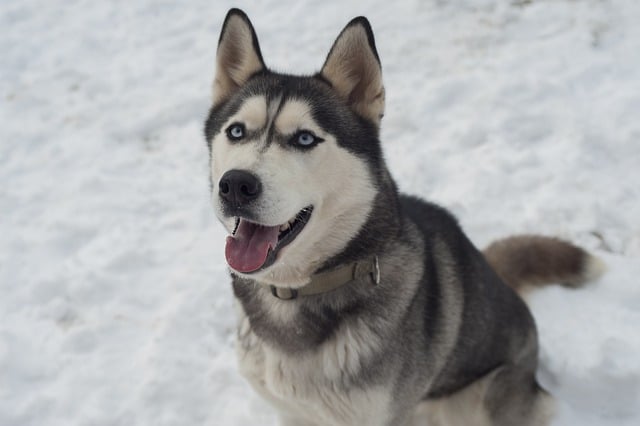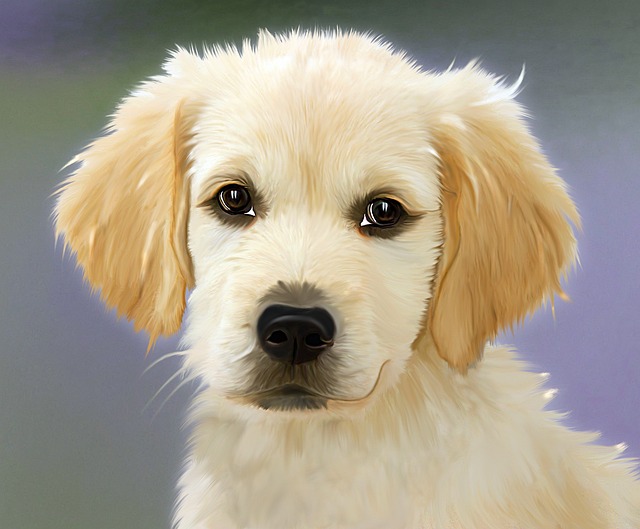The Husky Eye Color: What is the Rarest Color?
Discover the world of Husky eye color with our comprehensive guide. Learn everything you need to know about identifying different eye colors, what they mean, and how to care for your Husky’s eyes. Get expert tips and tricks for keeping your dog’s eyes healthy and happy.
Huskies are known for their striking and beautiful eyes. With colors ranging from bright blue to deep brown and everything in between, their eyes is one of the most captivating features of this unique breed. But did you know that Huskies can have different eye colors within the same litter or even the same eye? In this guide, we’ll explore the fascinating world of Husky eye colors and learn everything you need to know about identifying and caring for your dog’s eyes.
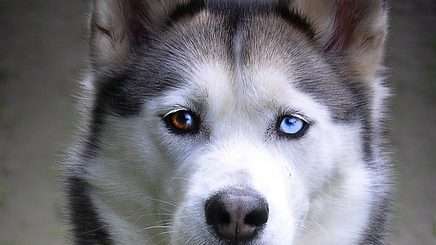
How many eye colors do Huskies have
Huskies can have a variety of different eye colors, with blue being the most common. However, their eyes can also be. Many people ask frequently How many eye colors Huskies have, the answer is:
- Brown
- Green
- Amber
- combination of these colors.
- In some cases, Huskies can even have particolored or bi-colored eyes, where one eye is a different color from the other.
- Heterochromia is also possible in Huskies, where one eye is a different color from the other.
Huskies, dogs with different eyes, are incredibly beautiful and bright animals. The breed is firmly entrenched in the favorites, a large number of people are not only its fans but also professional breed. Husky eyes are its distinguishing feature, they are not only beautiful in appearance, but also have an incredible quality, looking into them, a person sees not just an animal, but also a faithful, understanding friend and comrade.
Now we will explore all the Husky eye colors one by one.
1. Blue Husky Eyes
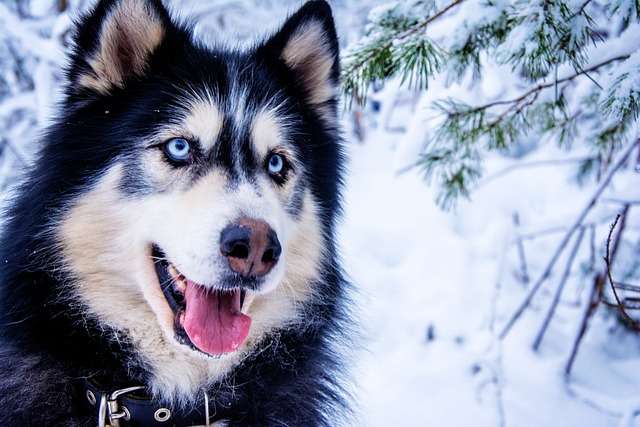
Huskies are known for their striking appearance, with one of their most recognizable features being their eyes. While Huskies can have a range of eye colors, including brown, green, and amber, blue eyes are perhaps the most mesmerizing. In this comprehensive guide, we will explore everything you need to know about blue Husky eyes, including how to identify them, what they mean, and how to care for your Husky’s eyes.
What Blue Husky Eyes Mean
While eye color does not necessarily affect a Husky’s personality or behavior, some people believe that different eye colors can have different meanings. Blue Husky Eyes are often associated with a sense of mystery, calmness, and intelligence. Some people also believe that blue-eyed Huskies have a greater tendency towards deafness or blindness, but there is no scientific evidence to support this claim.
2. Brown-eyed Huskies
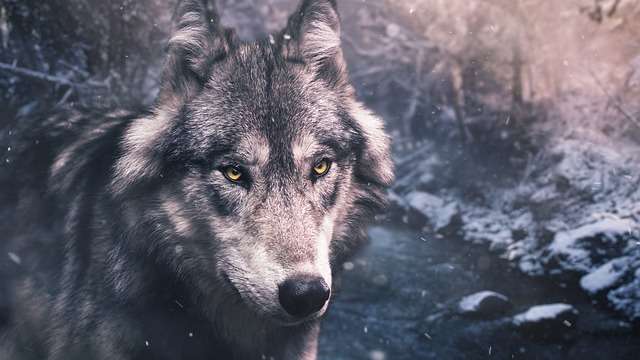
Brown eyes are a relatively common eye color in Huskies and are often referred to as “amber” or “hazel” eyes. This eye color can vary in shade, ranging from light to dark brown. One way to identify brown Husky eyes is to look for a coppery, golden, or yellowish tint in the iris. However, it is important to note that some other breeds may also have brown eyes, so it is essential to pay attention to other physical traits of the dog.
What Brown Husky Eyes Mean
Brown-eyed Huskies are often associated with warmth, stability, and a strong connection to their owners. Some people also believe that brown-eyed Huskies are more intelligent than their blue-eyed counterparts, although there is no scientific evidence to support this claim. Additionally, brown-eyed Huskies may be less prone to certain eye-related health issues, such as cataracts, compared to blue-eyed Huskies.
3. Bi-Eyed husky
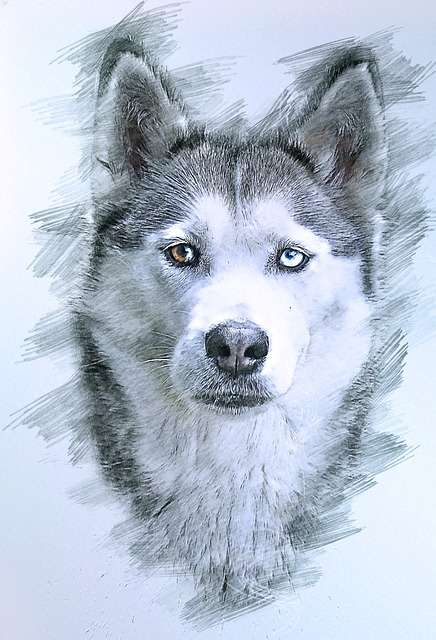
Bi-eyed Huskies are easy to identify as they have one blue eye and one brown eye. The blue eye may be a bright blue or a lighter, more subdued blue-gray color. The brown eye can vary in shade, ranging from light to dark brown. The line of demarcation between the two colors is typically very distinct, with a sharp contrast between the two.
What Bi-Eyed Husky Eyes Mean
Bi-eyed Huskies are often associated with a sense of mystery and other-worldliness due to their unique appearance. However, their eye color has no impact on their personality or temperament, which is determined by genetics and upbringing. Bi-eyed Huskies may be more prone to certain eye-related health issues, such as cataracts or vision impairment, but regular check-ups with your vet can help catch and treat any issues early on.
4. Particolored Eyes Huskies
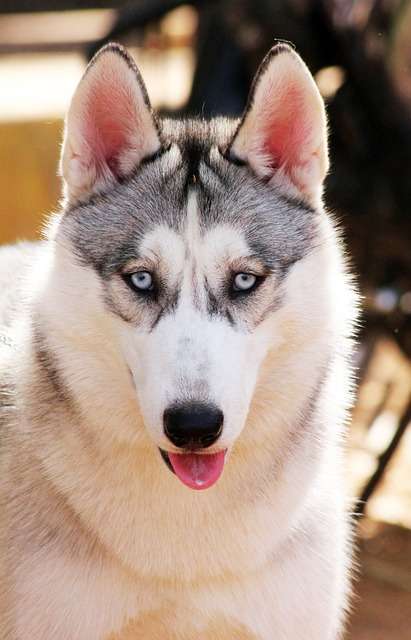
Particolored eyes are another fascinating and unique eye color pattern found in Huskies. This pattern is also known as split eyes or piebald eyes, and it’s characterized by having two different colors within the same eye. For example, a Husky with a particolored eye may have one blue half and one brown half within the same eye.
Parti-colored eyes are a result of a genetic mutation that affects the distribution of melanin in the iris of the eye. This mutation can cause a lack of pigment in some parts of the eye, resulting in a two-tone appearance.
While particolored eyes are not as common as blue or brown eyes
What is the rarest Husky eye color?
Interesting Fact: What is the rarest Husky eye color?
The rarest eye color for Huskies is considered to be a combination of green and blue. This eye color is also known as heterochromia iridium, where each eye has a different color. While all eye colors in Huskies are beautiful, the green and blue combination is exceptionally rare and coveted by Husky lovers. However, it’s worth noting that heterochromia iridium is a genetic mutation that can sometimes be associated with health issues, so it’s important to monitor your dog’s eye health regularly.
Siberian Husky eye color chart
Here is the Siberian Husky eye color chart:
| Blue | brown eyes are also relatively common in Huskies and can range from light amber to a darker brown. |
| Brown | As mentioned earlier, particolored eyes are characterized by having two different colors within the same eye. This can range from a small section of a different color to two distinctly different colors within the same eye. |
| Green | brown eyes are also relatively common in Huskies and can range from light amber to a darker brown. |
| Amber | amber eyes are a light golden-brown color and are less common in Huskies. |
| Particolored | as mentioned earlier, particolored eyes are characterized by having two different colors within the same eye. This can range from a small section of a different color to two distinctly different colors within the same eye. |
Husky Eye issues
Now we will explore the eye issues of Husky dogs. Siberian Huskies are generally a healthy breed, but they can be prone to a few eye issues. Here are some common eye problems that can affect Huskies:
Cataracts: This condition occurs when the lens of the eye becomes cloudy, leading to impaired vision or even blindness. Cataracts can be hereditary in Huskies, but can also be caused by factors such as aging or injury.
Progressive Retinal Atrophy (PRA): This is a genetic condition that causes the degeneration of the retina, leading to vision loss and, ultimately, blindness. There is no cure for PRA, but it can be detected through genetic testing and managed through regular eye exams.
Corneal dystrophy: This is a group of genetic disorders that affect the cornea, the clear outer layer of the eye. It can lead to vision loss or even blindness in severe cases. Corneal dystrophy can be diagnosed through a veterinary eye exam.
Entropion: This condition occurs when the eyelids roll inward, causing the eyelashes to rub against the eye and leading to irritation and possible injury. Entropion can be corrected through surgery.
Glaucoma: This is a condition in which the pressure inside the eye increases, leading to damage to the optic nerve and eventual blindness. Glaucoma can be caused by a variety of factors, including genetics, injury, and certain medications.
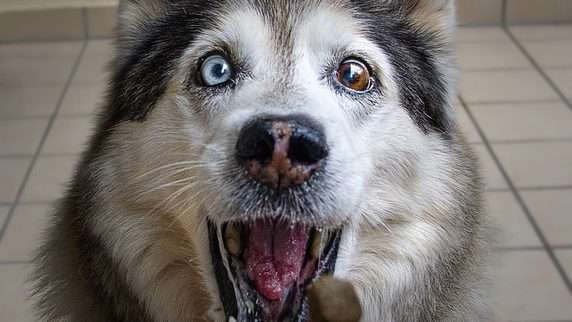
- Regularly clean your Husky’s eyes with a damp cloth or eye wipe to remove any dirt or debris.
- Watch out for any discharge, redness, or swelling, which could indicate an infection or allergy.
- Protect your Husky’s eyes from the sun and wind by keeping them indoors during extreme weather conditions or using protective eyewear when outside.
- Schedule regular check-ups with your vet to monitor your Husky’s eye health and catch any potential issues early on.
FAQs of Husky eye color
Here are some FAQs about Husky eye color so that we conclude this topic.
What eye color is dominant in Huskies?
Blue is considered the most dominant eye color in Huskies. In fact, many Huskies are born with blue eyes, which may later change to another color or remain blue throughout their life. However, the genetics behind eye color in Huskies is quite complex, and the exact inheritance pattern of eye color is not fully understood.
It’s possible for Huskies with blue eyes to have parents with brown or green eyes, and vice versa. Ultimately, the color of a Husky’s eyes is determined by a combination of genetics and environmental factors, and there is no guaranteed way to predict the color of a Husky’s eyes with certainty.
Siberian Husky eye color genetics
The genetics behind Siberian Husky’s eye color is quite complex and not fully understood. However, it is known that eye color in Huskies is a polygenic trait, which means it is controlled by multiple genes. There is also evidence to suggest that the inheritance of eye color in Huskies may be influenced by a number of environmental factors, such as exposure to sunlight.
In general, it is believed that the inheritance of blue eyes in Huskies is dominant to other colors, meaning that a Husky with at least one blue-eyed parent is more likely to have blue eyes themselves. However, it’s important to note that there are many exceptions to this rule, and the exact inheritance pattern of eye color in Huskies is not fully understood.
Siberian Husky eye color change
It is not uncommon for Siberian Huskies to experience changes in eye color throughout their lives. This is because the amount of melanin, the pigment that gives color to the eyes, can change as a dog matures. Husky puppies are often born with blue eyes, but as they grow older, their eyes may gradually change to brown or another color. In some cases, a Husky’s eyes may even change color multiple times throughout its life.
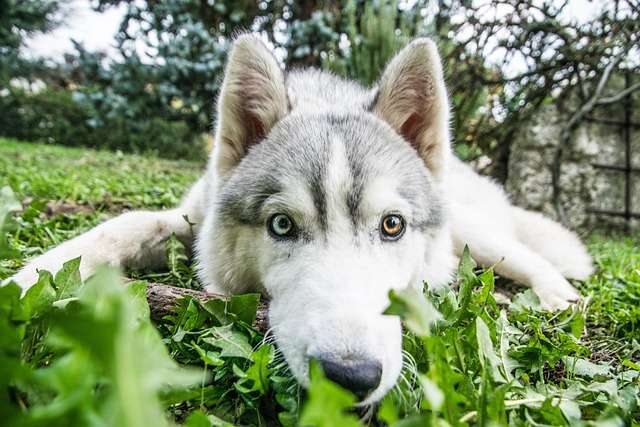
The timing and degree of eye color change in Huskies can vary greatly depending on genetics, age, and other factors. It’s worth noting that while some Huskies may experience a complete change in eye color, others may only experience a slight change in hue or intensity. Additionally, certain environmental factors, such as exposure to sunlight, may also affect the color of a Husky’s eyes over time.
Overall, changes in eye color in Siberian Huskies are a natural and normal part of the breed’s development, and should not be cause for concern unless accompanied by other symptoms or health issues.
Conclusion
Husky eye color is a unique and fascinating aspect of this breed. From the vivid blues to the warm browns, each Husky’s eyes are as unique as they are beautiful. By understanding how to identify different eye colors and how to care for your Husky’s eyes, you can help ensure that your dog stays healthy and happy for years to come.
